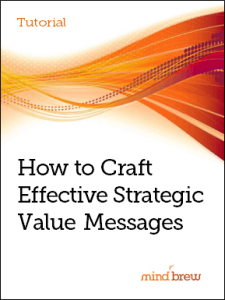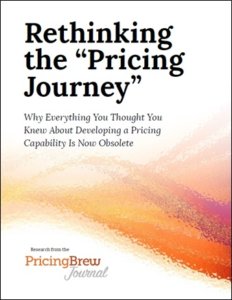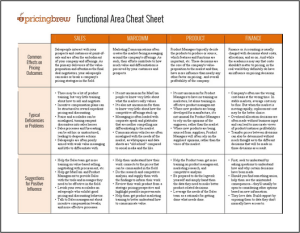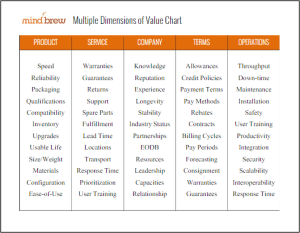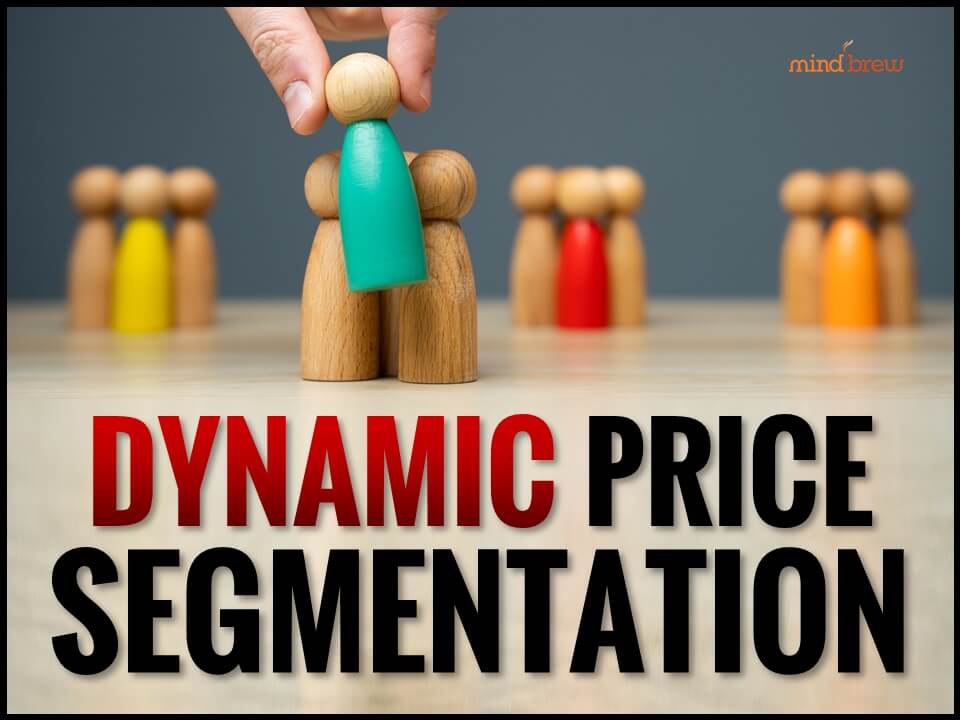Have you ever forgotten something really important?
I’m not talking about leaving your umbrella behind when it’s raining or forgetting to turn off the coffee pot, I mean really important. Like going on vacation for two weeks and leaving your front door wide open. Or heading off to work without a vital piece of clothing—like pants. Or leaving your sunroof open in a blizzard. Or neglecting to make your quarterly tax payment. Or leaving early to take your kid to preschool—but leaving the kid at home.
Hopefully, you haven’t experienced very many of those scenarios, but we do see pricing practitioners forget something almost as important all the time.
What have they forgotten that could possibly be as important as wearing pants and paying taxes?
The customer.
Even when we’re committed to thinking strategically, it’s really easy for pricing people to get so focused on our analysis and numbers and spreadsheets that we forget how important people are to our equations. You see, all those formulas and charts and calculations are meaningless unless they align with customer perceptions of your differential value.
Differential value is a really important concept, so I want to break it down into its three core parts. First, you have your value. That’s a number that’s pretty easy to figure out. What’s the monetary value that customers get by purchasing your product? In other words, what’s the ROI in real terms?
Next, you need to understand your differential value. This is your value in comparison to your competitors. To get this number, you calculate the value of your product delivers and the value of your competitor’s product. Then you subtract their value from your value (and hopefully get a positive number). So far this is easy, right?
The next piece is the part pricing folks have a hard time remembering. All those value calculations are meaningless unless your customers agree with your numbers. The price they are willing to pay is directly tied to their perception of your company and your product’s value. And in order to convince them of your product’s value, you are going to need to put out the right type of messaging that demonstrates your value and, more specifically, why your products offer more value than any other option.
Because this is such a crucial idea, we’ve put together a couple of resources that can help you explore it in more depth. Exposing Your Differential Value Step-by-Step is a tutorial that walks you through a proven process for figuring out what you have to offer your customers and how that sets you apart from the competition. It gets down into the nuts and bolts of how this process works with charts and examples that show you how it’s done.
The second tutorial explains How to Craft Effective Strategic Value Messages. It shows you how to create a value statement that will resonate with your customers and demonstrate convincingly why they should purchase your product instead of choosing a competitor’s (or sticking with the status quo).
Your customers are too important to forget. Make sure your pricing strategy is taking their perceptions of differential value into account.


